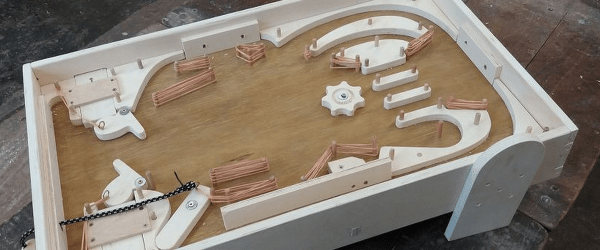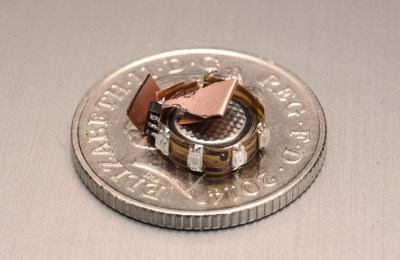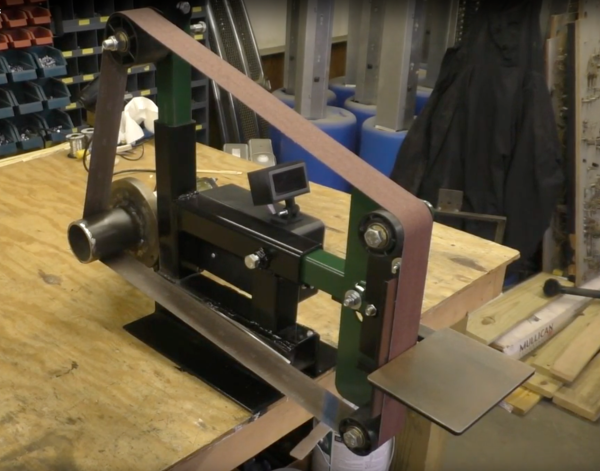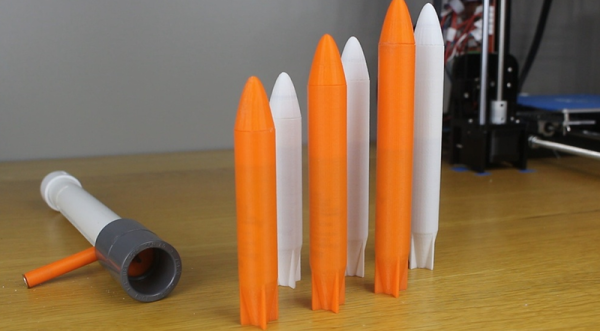As pinball has evolved, it has gone from a simple gravity based game to an electromechanical one. As the 20th century came to a close, pinball games added digital elements as well, matrix displays replaced electromechanical scoreboards, and LEDs replaced incandescent bulbs. While the game got more creative as new technologies became available, the basics of the pinball never changed – keep the ball alive using your skill with the flippers (and the occasional nudge.) [Garagem Fab Lab] has taken the basics of the pinball machine and, with some wood and elastic bands, has created a very nice desktop pinball machine.
The plans for the game require getting the wood cut by a CNC mill, but they could probably be easily created using a jigsaw. Instead of electrical buttons and solenoids, pieces of wood push the flippers out and elastics reset them when released. The bumpers, too, are simple dowels with rubber bands wrapped around them. The launching mechanism is a bit of bungee cord tied onto a piece of wood and used like a flipper to speed the ball into the play area.
The build is a throwback to the earliest pinball machines. Sure, there’s no reaction from the bumpers when they’re hit, they’re just passive, but the game looks fun. It would be a great base to add in some sensors, a microcontroller, and a display to keep track of scores if one was so inclined. Other DIY pinball machines we’ve seen are this pinball game built with Meccano and lasers, as well as this completely 3D-printed machine.



















